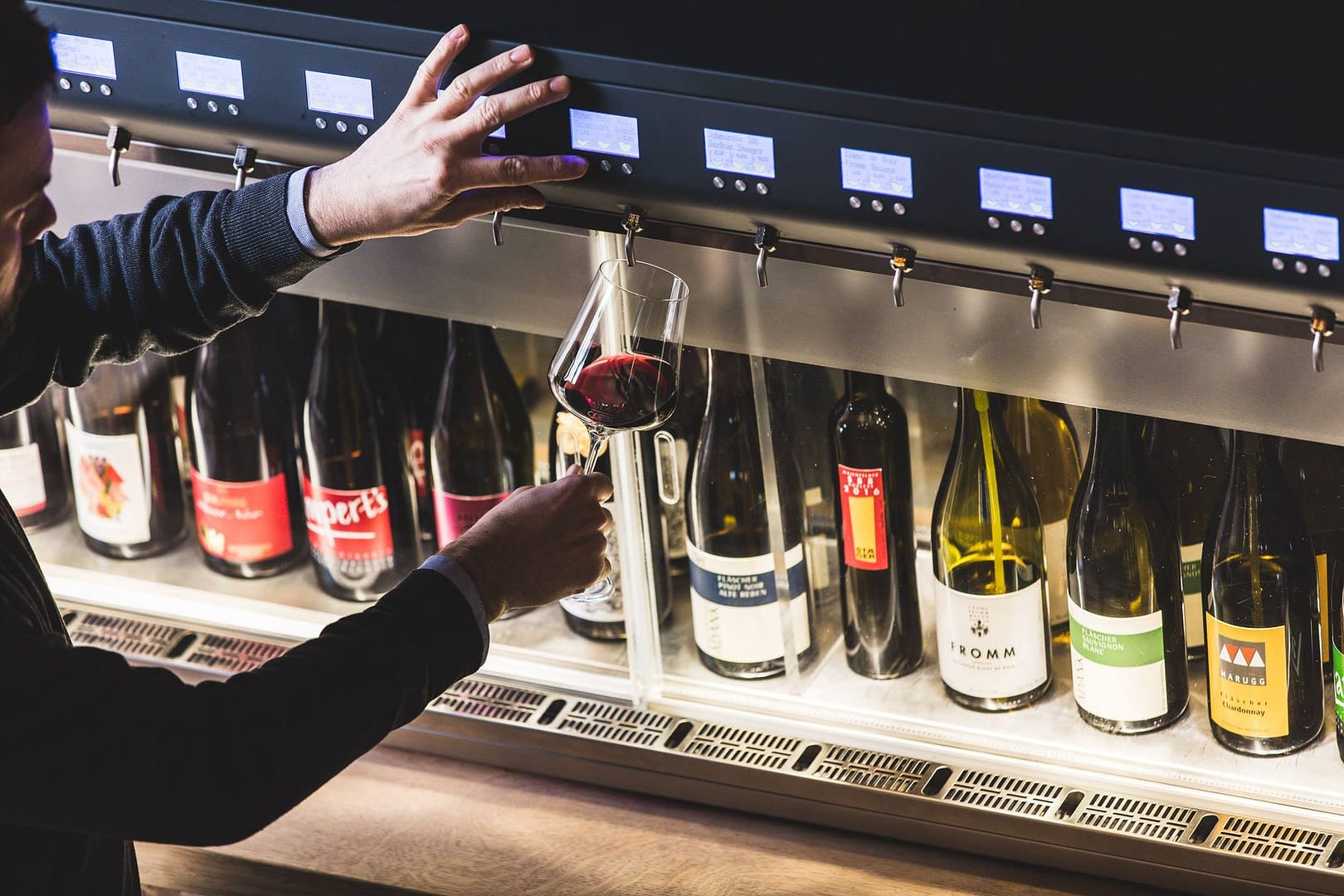Conversion for a price category
Graph 2 shows the conversion for a price category. Again the highest score is roughly 3 times higher than the lowest score. Of course, the taste of a particular wine is the end result of many elements and harder to change than the bottle/label. Many wine makers are not even looking for the greatest common denominator to create a popular taste. Nevertheless, we believe it’s important to know how well a wine scores on taste with the target group. A wine importer could very well decide to focus on a different variety from the same range based on this information or focus on a different consumer profile.
Conclusion
Combining all scores gives a good indication about the performance of individual wines and subgroups like tasting profiles, grapes and price categories. This helps the wine bar to optimize
the assortment but could also help others (e.g. wine producers and wine importers).
We hope this article makes clear that making smart use of data is not the exclusive domain of companies like Amazon and Google. Managing and activating this incredible valuable data is a profession in itself and should not be taken too lightly. Nevertheless, you don’t need to be Alibaba to get started and to make this work. Even the data of one self exploring wine bar provides you with objective information from thousands of users beating most of the current market research in the wine and hospitality industry. Furthermore, this information enables you to sell more wine, improve the individual wines or optimise the overall assortment. At By The Glass International we’re happy to help where we can - contact us to learn more.




